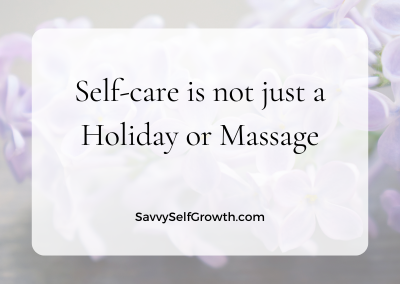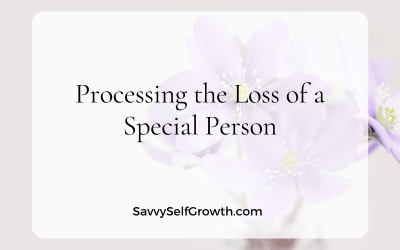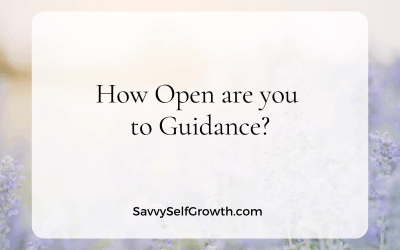“I can’t afford self-care. I have no time for myself and I’m on a budget.“
I hear the misconception all around me. That self-care necessarily entails “expensive” or “lots of time” – like a holiday in the Bahamas.
It can be those things, yes. And, that’s nowhere near what the daily implementation of self-care means.
What is self-care really?
Self-care involves filling up our 4 energy tanks, so we don’t run our lives on “empty”. We’d never expect our car to keep running if we don’t fill up with gas/petrol, or take it in for it’s annual service. Yet, we expect ourselves to keep going (running!) while hardly ever “putting back into the tank.”
Our 4 energy tanks are: physical, mental, emotional and spiritual.
Sometimes they overlap. Each of those 4 tanks needs to be kept at a reasonable level. Once they run dry, it takes a long time to fill up again. Each one has a knock-on effect on the others, and they all affect our health, energy and wellbeing.
Self-care can be any activity to take care of the NEEDS of those tanks. For each of us, it will be unique, and partly depends on our strengths and values. Our strengths (unique for each individual) each has a NEED that must be fulfilled, before that strength can fully show up in the world in a healthy way.
What are self-care examples then?
It doesn’t have to take a long time, or be expensive, or create a drain on other resources. Plus – it needs to meet your unique (authentic) energy needs. Not someone else’s idea of what self-care is.
Simple examples:
- A 1 hour coffee with a dear friend in a quiet café
- 20 minute walk in nature

- Sitting quietly on the patio with a cup of tea, staring into space, letting your thoughts roam
- Reflecting on the past week in a Journal
- Lying down for 5 minutes between activities to focus on your breathing
- A whole day in nature, like a hike or picnic, by yourself or with someone whose company you enjoy
- Listening to your favourite piece of music for 10 minutes
- 15 minutes of Yoga, following a Youtube video
- A 5 minute gratitude exercise before your day starts, or before sleep
- 10 minutes of EFT tapping to release the stress of the day
- 5 minutes of mindfulness somewhere in the course of a busy day
- Writing a letter to someone who meant something to you, thanking them for wisdom you gained
- Making an appointment at the physiotherapist or biokineticist if your body is struggling with something
More “active” examples
- Mentoring and developing someone for 1 hour a month (if that ties into your strengths)
- Volunteering at a place where your values are met (for an animal rescue centre, or a centre where less fortunate children are homed)
Does it sound strange that I count activities that sound like “work” as self-care?
The fact is that using our strengths strengthens and energizes us – even though it can seem like “effort expended”. If those activities do not tie into your strengths, they will drain you and your energy.
From this list you might start to realise that self-care probably has nothing to do with a bubble bath, a massage or a shopping trip with the girls.
It has everything to do with what strengthens you as a unique individual. Activities that fill your unique energy tanks, in a way that makes sense to you, and has you feel uplifted, energized and fulfilled.
How to start creating your own unique self-care routine
- Notice what helps to strengthen or energize you, and do more of that
- Notice what feels draining and find a way to do less of that
- Discover your values and make a list of your Top 10-15
- Discover your CliftonStrengths (either Top 5 or Full 34)
- Discuss your strengths with a trained strengths coach who can help you make the most of the information. The reports you receive might feel like flat “information”. “Interesting information” has never led to transformation or doing anything different.
Tiny Action Step for you
Follow the bullets above. Start making a list of activities that you can bring in that fill up your energy tanks. For a start, once a week, implement at least one. Increase it over time.
And notice your brain, body and life thank you for it.
Credits:
Photo by samer daboul
Image by Jess Watters from Pixabay




